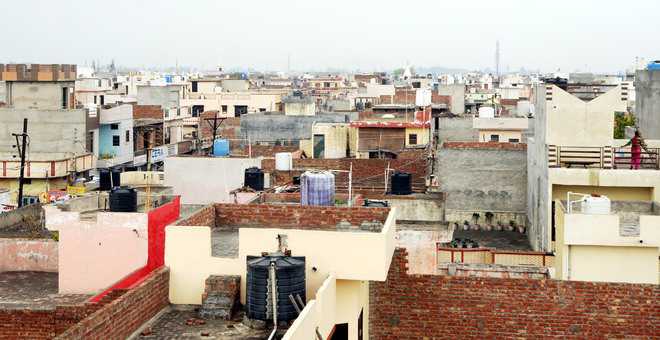Neha Saini
Tribune News Service
Amritsar, October 26
With its immense history stretched over four centuries, Amritsar or Ambarsar, as fondly called, is considerable a young city as compared to the most historically-significant cities in the world. Founded by fourth Sikh Master, Guru Ram Dass in 1577 AD, the city was known as Guru Da Chakk and later Ramdaspur after the demise of Guru Ram Dass. In its 441 years, the city has seen a lot of changes, especially in the last six decades of commercialisation that has diminished its original character.
Established primarily as a commercial centre, Guru Ramdass invited 52 artisans belonging to different trades to inhabit the city. “Most Katras and commercial avenues inside the walled city today find its original layout intact only with a lot of expansion. The reason Amritsar of today has rich human resource in every kind of handicraft and handloom and industry is because of the fact that a large number of traders made it their home due to its commercial significance,” says Dr Sukhdev Singh, Punjab State Convener, INTACH.
“Most of the development of Amritsar happened during the time of fifth Guru, Arjan Dev. During the course of history, Amritsar has seen its original character changing multiple times, but traces of its heritage still remain,” he adds.
Take the intangible legacy for instance, i.e the names of streets and bazaars on the basis of caste of their inhabitants. The city originally had 23 market places, each with its specific goods and trades and named after it. Prof Balvinder Singh, an expert on spatial conservation, who has extensively researched on the history and intangible heritage of the city, mentions in his paper that the most significant development in the character of the city happened during Sikh Misl period (1765-1802), including development of Katras (neighbourhoods), forts, gardens, tanks, havelis, (house with courtyard) Bunga (rest houses). “Many of these were named after rulers, such as Katra Jaimal Singh, Katra Sher Singh. They are still existing and displaying the typical way of life, values and lifestyles or intangible heritage,” he mentions.
City’s periphery was limited to around Golden Temple and major expansion happened during the time of Maharaja Ranjit Singh and later during the British Raj.
“Till the 1960s, the city had retained most of its originality in terms of structures and character. But in the 70s till date, Amritsar has rapidly changed and towards destruction of its heritage,” says Dr Sukhdev Singh. For example, a lot of open spaces made way for residential and commercial complexes. “The original city had a lot of gardens, like Bagh Akalian and others that were turned into commercial centres. The last open space inside walled city was Saragarhi school complex that was turned into a parking lot by the MC,” he said. The specific features of its structural heritage, including the 12 gates build during Ranjit Singh’s time and Rambagh gardens, have been lost to commercialisation. “The city needs to hang on to whatever is left of its history.”
Unlock Exclusive Insights with The Tribune Premium
Take your experience further with Premium access.
Thought-provoking Opinions, Expert Analysis, In-depth Insights and other Member Only Benefits
Already a Member? Sign In Now










